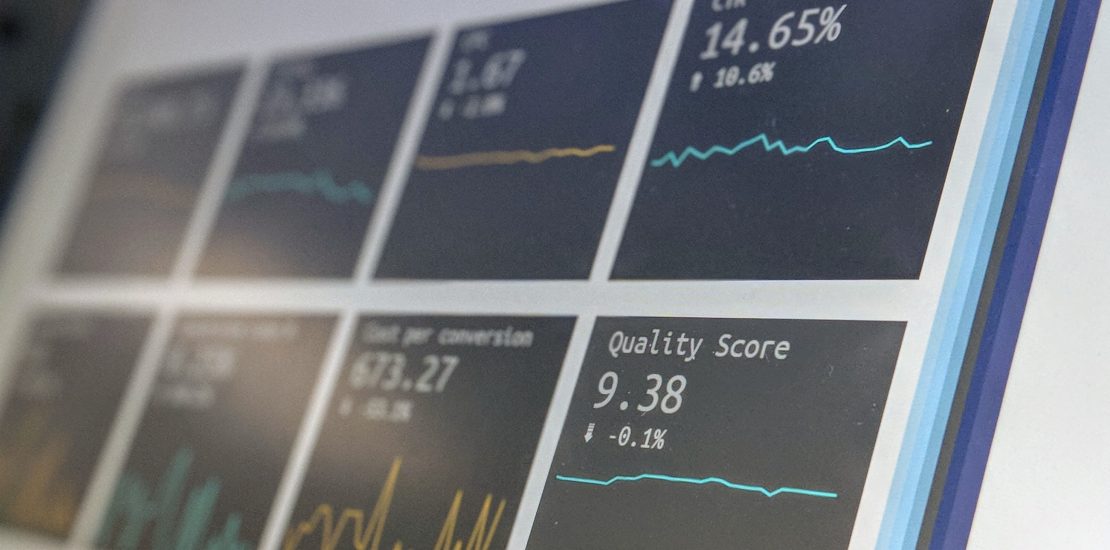Thought Leadership
Procure to Pay KPIs (with benchmarks)
May 27, 2022


At Valtatech we want to share our expertise on how to drive measurable value from your source to pay and procure to pay processes. In this article, our resident team of Procure to Pay experts have detailed the top 10 procure to pay key performance indicators (KPIs) along with some benchmarking data for what top performers are achieving in their Procure to Pay process.
Background
The procure to pay process, is one of those rare things in a business in that when done correctly – every single part of the process can be tracked, assessed and assigned a value. Utilising modern procure to pay solutions businesses are able to capture and report on data on-demand to drive improvements across the whole process.
Knowing what you want to measure is one thing but it is also helpful to have a benchmark to measure yourself against. Whilst there are many key performance indicators that you can look at within your procure to pay process, we’ve handpicked 10 that we will provide a definition of, outline why its important and how the best performers are achieving.
Procure to Pay KPIs
For each of the KPIs the source of the benchmark is outlined in brackets and a hyperlink to the original data source.
Electronic Purchase Order (PO) Processing
Top performer benchmark – 99.2% (Coupa Business Spend Management Benchmark Report)
Electronic PO processing rate refers to the percentage of all purchase orders that are approved and sent to suppliers electronically. This is an important metric as it speaks to the amount of manual work your business is having to do to raise a purchase order. Your procure to pay solution should make the process of creating, approving and sending purchase orders to suppliers far more efficient than doing this manually.
On Contract Spend
Top performer benchmark – 79.6% (Coupa Business Spend Management Benchmark Report)
On-contract spend refers to the percentage of spend that a business makes that are against pre negotiated and agreed contracts with suppliers. This is an important metric as you want your business to be spending money with approved suppliers who you have pre-negotiated agreements (which will be lower than spending with a new supplier). On-contract spend, also ensures that money is only being spent with suppliers who have gone through specific levels of due diligence.
Requisition to Order Cycle Time
Top performer benchmark – 4.2 business hours (Coupa Business Spend Management Benchmark Report)
Requisition to order cycle time is the average time it takes to approve a purchase order, tracking from initial creation through to an approved purchase order. This is a very important metric to help drive spend that is backed by a purchase order. If you have a really high requisition to to order cycle time, it will discourage business users from creating purchase orders altogether and they will find alternative, usually outside of procurement policy, ways to buy goods and services.
Cost Per Purchase Order
Top performer benchmark – $1.35 (Celonis State of Business Execution)
Cost per purchase orders refers to the the total cost of creating, approving and sending a purchase order to a supplier. This should include a break down each of the different activities involved in creating and approving a purchase order, mapping out the time it takes for each process and the cost of the resources involved in each activity. Add in the cost of the technology involved and then divide that across the number of purchase orders that you create per year. A high cost per purchase order indicates a very manual process which will be off-putting for users to comply with ultimately affecting all other metrics in your procure to pay process further down the value chain.
Pre-approved Spend
Top performer benchmark – 96.7% (Coupa Business Spend Management Benchmark Report)
Pre-approved spend refers to the percentage of invoices that have a purchase order attached to them. This is an important metric as it demonstrates how much of your spend is managed and approved by someone before the goods/services are delivered and invoice arrives. Low levels of pre-approved spend could indicate that staff are purchasing goods/services that are not necessarily needed, from suppliers they shouldn’t be using or worse for goods/services that aren’t related to the business at all.
Electronic Invoice Processing
Top performer benchmark – 83.2% (Coupa Business Spend Management Benchmark Report)
Electronic invoice processing refers to the percentage of invoices that are received digitally, to be more specific invoices received that required no manual data entry or verification from your Accounts Payable team and therefore drive a high level of automation. This can include methods such as a supplier portal (where the supplier is entering the invoice data directly) or system to system connections like Peppol eInvoicing, cXML, EDI etc. PDF invoices received via email does not count as electronic invoicing. Electronic invoice processing is a very important metric as it speaks to how well your supplier base is interacting with your procure to pay process. The higher the rate, the more your suppliers have been onboarded into your procure to pay process to drive greater levels of automation.
Invoice Approval Cycle T/ime
Top performer benchmark – 10.4 business hours (Coupa Business Spend Management Benchmark Report)
Invoice approval cycle time relates to the average amount of time it takes from an invoice entering your system to it being approved and ready to be processed for payment. It’s an important metric that can highlight the overall health of your procure to pay process. If you have a very high cycle time it implies that spend is not pre-approved through a purchase order and there is lots of manual work required from the business to get an invoice coded and approved. Shorter cycle times can be achieved through high purchase order adoption as the approval can be automatically captured from the purchase order (where it matches) so the invoice isable to be processed without any manual intervention.
First Time Match Rate
Top performer benchmark – 85.8% (Coupa Business Spend Management Benchmark Report)
First time match rate relates to the percentage of invoices that are matched to a purchase order and processed without any manual intervention. A strong leading indicator for your invoice approval cycle time, high first match rates ensure invoices are processed smoothly without any human intervention. As there will always be exceptions to the process the aim should be to get this as close to 100% as possible.
Cost Per Invoice
Top performer benchmark – $7 (Valtatech Finance and Procurement Business Resiliency Insights)
Cost per invoice refers to the the total cost of processing a single invoice. This should include a break down each of the different activities involved in processing an invoice and mapping out the time it takes for each process and the cost of the resources involved in each activity. Add in the cost of the technology involved and then divide that across the number of invoices that you process per year. Lowering your cost per invoice is achieved through reducing the amount of people time involved in the process. Top performing businesses have very high rates of touchless invoice processing resulting in very little time spent by people processing invoices.
On time Payments
Top performer benchmark – 77% (Celonis State of Business Execution)
On time payments refers to the percentage of payments to suppliers that are made on or before the invoice due date. Very much a lag metric of the health of your procure to pay process as business typically find it difficult to process their invoices in time when they have a poor performing or very manual procure to pay process. This is one of the metrics that usually easier to measure for businesses and should be reviewed and used to justify deeper analysis into the process.
Next steps
These are ten really important procure to pay KPIs that we’d recommend every business to start tracking and setting targets for. If you are struggling to capture the data on these areas it’s likely that your systems are not able to support the level of data that is needed. Feel free to reach out to us for a confidential discussion on how to drive measurable value from your procure to pay process.




